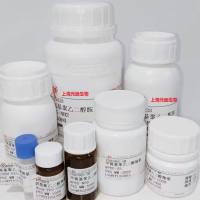Biologically Based Risk Assessment Models for Developmental Toxicity
互联网
622
Risk assessment is a process conducted by regulatory agencies to safeguard public health from the harmful effects of natural and man-made substances. Thus, a goal of risk assessors is to provide a numerical value of exposure to these substances, below which adverse effects to human health are assumed negligible. This value, termed the reference dose (RfD) or reference concentration (RfC), is commonly derived with the aid of a dose-response model that describes the relationship between the extent of adverse effects and the exposure levels of the toxic agent. For the evaluation of developmental toxicity of an agent, the typical response endpoints include alteration of reproductive outcomes and incidence of malformations (1 ). In a default situation, where little is known about the agent, the RfD is calculated from








